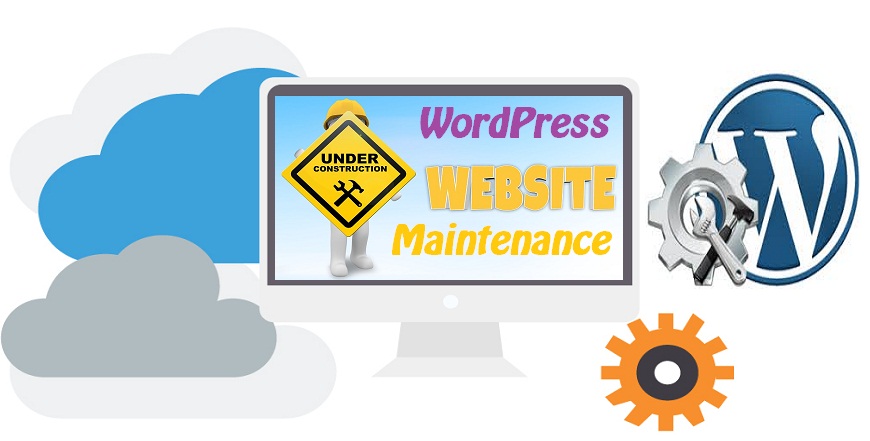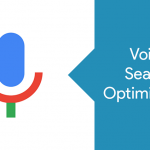
Many website owners and even builders consider the finished website the end of their job. But little do they realize that it is only the beginning. Website maintenance is a crucial aspect that keeps your website running in good health for a long time.
Think of it as a car. Once you buy a car, that’s not everything. You have to maintain it by regularly servicing it, checking and replacing oil, cleaning it, and so many other things that you might need to ensure the car is in good condition.
You may be a developer or simply a website owner. Either way, you must know whatever it takes to maintain your website. Consider this a detailed guide to WordPress website maintenance.
It’s not rocket science, quite honestly. If anything, it’s easier than maintaining that car we talked about earlier. If you can work the Internet, then you can maintain your WordPress website.
Why Do You Need Website Maintenance?
WordPress is a popular open source and platform for almost 40% websites built today. With such popularity, it has attracted cyber hacks.
Regardless of security measures, if you don’t maintain your WordPress website properly, your website may be more vulnerable to even more attacks. Regular website maintenance helps the website perform better and keeps unnecessary cyber attacks at bay.
Let’s look at a few key elements that require regular maintenance that will help your website perform its best and be optimized well.
1. Installing the Latest Version
As a WordPress developer or website owner, it is important to be on top of your game at all times. One way to do it is by installing or upgrading to the latest version of WordPress.
With the latest version, you not only get more security, but also many other updates that help the website perform better.
It makes the WordPress website faster too. You also get access to various new features and code updates. If there had been any nagging issues, sometimes by simply upgrading to the latest version, you can resolve them.
2. Upgrading Themes and Plugins
There’s no denying that WordPress themes and plugins are lifesavers when it comes to the functioning of a WordPress website. However, it is important to keep them up to date by upgrading them regularly.
If you’re going to upgrade WordPress to its latest version, then you have to do the same with all its components like plugins and themes.
Themes and plugins are like windows for malicious code to come through to your website. By regularly updating them, you will secure your website.
3. Backing up Data
No matter what your website is about, ensure your data files are backed up as recently as possible. Web developers and website owners ought to know that no website is absolutely safe from cyber hacks.
You can create various security hacks but if there’s a small chance of hacking a website, consider it hacked. If not hacked, your website may crash.
In such instances, you need your data to be backed up. Do it on cloud or any other remote online storage facility. Today there are a number of options.
4. Deleting Spam
Many websites have a comment section, where a number of people leave all kinds of comments. Depending on the traffic on your website, the number and nature of comments may vary.
This comment section also attracts a lot of spam. Spam slows down your website and is ranked low by search engines.
To avoid such mishaps, it’s best to get such spam comments deleted every now and then. There are plugins you can install that help identify spam. All you need to do then is to empty your spam folder.
5. Scanning for Virus
It seems old school, but it’s still very important for your website to be checked for all kinds of virus and malware. If there are any signs of your website being hacked, you can fix it immediately. When a website is hacked there are plenty of bad code that is planted in it.
It then becomes terribly slow and increases the chances of it harming other computers when opened on them. In such cases, search engines not only rank your website low but also blacklist your website.
Use tools like WordFence, WP Antivirus Site Protection, and others to ensure there’s no hacking of any sorts on your WordPress website.
6. Deleting Dead Links
Dead links are like dead weight on your website. Dead links are basically links that do not work or their URL has changed. It’s not the end of the world if you don’t delete them but they are unnecessarily giving your users a bad experience.
It’s best to delete them or correct them. You can easily find dead links by using the website called Dead Link Checker. It helps you find these links so you can make the necessary changes.
7. General Hygiene Checks
Besides the points mentioned, you can also do a basic hygiene check on your website. It essentially means that with tools like Google Analytics and Google Webmaster Tools, you can find out which sections of your website are performing better than others.
With such stats, you can check for downtime too. This helps in streamlining your website and giving users a better experience.
8. Keeping Yourself Up to Date
As a website owner or a web developer, learning is the most important tool. With a finished product that is the website, your job isn’t done. Subscribe to various web publications that talk about new WordPress features and functions.
This is a great way to stay connected and in the loop with whatever is going on out there so you can add value to your website.
Website maintenance is not as hard as it seems. It takes a few precautions and a couple of steps to ensure your website is in the best condition.
You don’t want to go back and forth with a professional trying to fix problems that you could have avoided early on. That’s why website maintenance is important.


